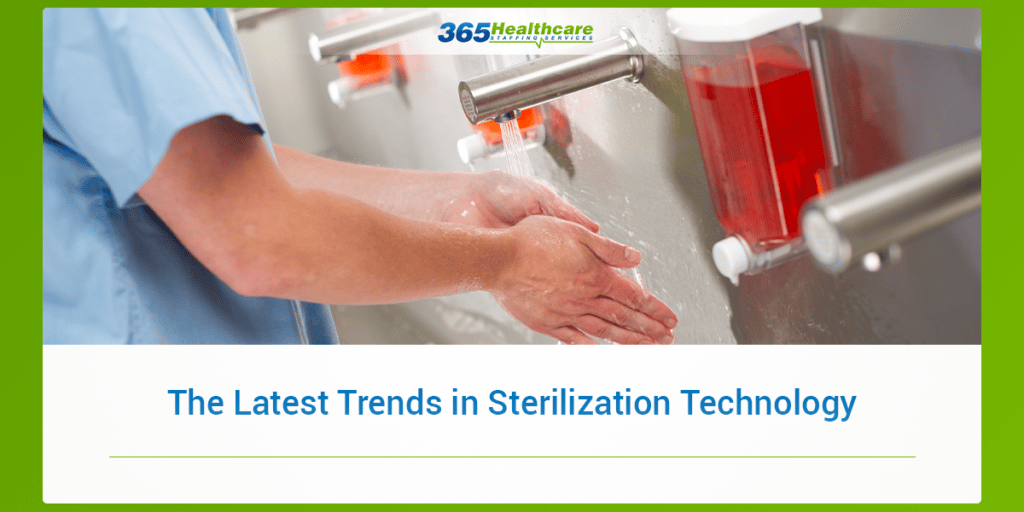Technology in hospitals and medical offices is constantly evolving. Robotic surgery has replaced traditional surgical methods in some cases. Digital thermometers have replaced old-fashioned mercury thermometers. This technology has extended to sterilizing instruments, as well.
Why is this important?
There are guidelines in place for the level of sterility necessary for medical instruments. Sterility assurance levels (SALs) “provide…assurance of safety and sterility.” Although sterility is always a concern, cost is usually a priority, as well. The most expensive method isn’t always the best: “One way to reduce costs is to improve best practices and cut out unnecessary steps that waste time and materials, and add cost.”
These innovations are the building blocks for innovations of tomorrow. With technology constantly emerging in all aspects of medicine, sterilization techniques have to keep pace. “Newer, more complex medical devices – especially combination devices or tissues/biologics – often require a different testing and sterilization approach because the typical methods are not completely effective for these products.”
Types of innovation
Sterilization technology has evolved in many different ways. On-site sterilization services are becoming more common. This “…maximizes control over the sterilization process….” In addition, there has been innovation with “low-temperature sterilization systems.” For sterilizing surfaces, emerging trends include “area disinfection systems and antimicrobial surface technologies.”
Many people overlook another area of innovation: packaging. Those who deal with this issue on a regular basis know that improper packaging can result in contamination, including “cellulosic material, metal particulates from machinery at the packaging plant, or even glass in vials.” As a result, the Food and Drug Administration is making requirements in this regard more stringent, “with increased scrutiny on the risk of particulate contamination within the package.”
Examples
There are many companies in this industry, and each one is constantly working to produce innovations that will make sterilization better, more efficient, and cheaper. When working at a hospital or in a practice, personnel will become familiar with the technology at that facility. If the person gets a new job or if the facility purchases new equipment, it will be necessary to become acquainted with the new technology.
It may be helpful to consider a few examples:
- STERRAD ®, in business since 1993, makes use of “low-temperature, hydrogen peroxide gas plasma technology to sterilize a wide range of instruments efficiently, effectively, and safely.”
- The ONE TRAY ® System offers “one protocol for all your sterilization needs,” deals with “retained moisture concerns,” and “eliminates drying time.”
- Noxilizer is innovative with “a room temperature nitrogen dioxide sterilization and decontamination technology that addresses many of the challenges associated with traditional methods of sterilization.”
Helping patients
These companies put their best technology forward to help patients. You put your best effort forward to help patients, too, and we want to help you do that. At 365 Healthcare Staffing Services, we recruit and place healthcare professionals in per diem, travel and permanent assignments in facilities across the country. We’d like to work with you, so give us a call at 310.436.3650 today!


